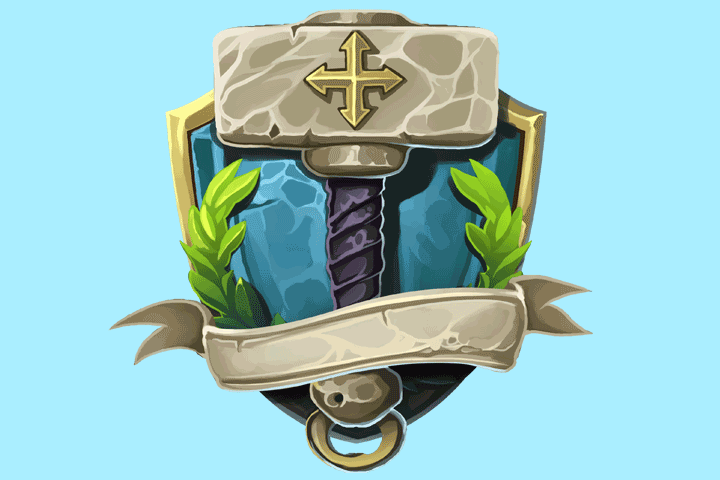Green Worm
A large, aggressive predator that prowls the vastness of the rainforest, this monstrous creature poses a danger to the unwary traveller.
Appearance:
Green worms are massive centipede-like creatures, with females reaching a total length of 20 feet upon reaching maturity. Their bodies are covered with thick plates of chitin, a mottled green shade, which enables them to blend into the surrounding jungle undergrowth and remain concealed from all but the most observant eyes. Extremely durable, the natural armor of the worms is capable of deflecting most arrows and can only be pierced by the most determined sword or spear thrusts.
Two massive antennae project from their heads, enabling them to pick up the slightest vibrations. Additionally, the pair of antennae is also susceptible to the body heat exuded by other living beings, allowing them to sense the presence of deer and other mammals that they prey upon, including the occasional unsuspecting traveller. A pair of massive mandibles extends from their mouths, secreting a powerful paralytic toxin that freezes their prey, leaving the unfortunate victim unable to resist as the worm begins to eat it alive. They lurk in the undergrowth, lying in wait to ambush their prey. Any explosion of heat will immediately alert any green worm in the vicinity that a potential meal is waiting for it.
Behaviour and lifecycle
Green worms shun sunlight and prefer to spend the daylight hours interred in the massive burrows that they excavate in the thick, unyielding soils of the rainforest, relying on their sheer strength and multiple legs to tunnel their way through the soil. A territorial species, they will lay claim to a particular den, enlarging it over the years as they expand in size. Any intruders, including members of their species, will be swiftly eaten when the worm returns to its lair after a successful hunt. It is only during the rainy monsoon season that the worms become more sociable, leaving their flooded burrows to seek out mates.
Converging on the surface of rain-swollen lakes and rivers, adult female worms will gather in large numbers. Maneuvering their legs like paddles to stay afloat, the females will remain motionless, their bodies emitting a strong pheromone that has a fermented, yeasty odor, reminiscent of strong beer. Lured by the scent, the smaller males swim toward the expectant females and proceed to inseminate the egg sac that has formed around the female's side. The act is done swiftly, and the males dart off before their mates can devour them. Naturally, during the rainy season, local fishermen stay home to avoid encountering these creatures.
After multiple rounds of these furtive mating seasons, the females return to their lairs and lay a single egg, which they guard zealously until their offspring emerges and skitters off to fend for itself. Measuring a mere couple of feet in length upon hatching, young worms are only capable of secreting a very mild version of the venom that drips from the mandibles of their elders. Many of them end up being eaten by older members of their species during this perilous stage of their lives.
Through some strange quirk of nature, the eggs of the green worms resemble carved globes of jade with their iridescent dark green surfaces. This has occasionally resulted in adult worms being attacked by adventurers who are convinced that these creatures are guarding a valuable horde of treasure. It is only after a bloody battle and a subsequent hurried trip to a jeweler in the nearest town that the adventurers discover that their efforts have been in vain. On a more promising note, some nobles are willing to pay a hefty sum to acquire a live green worm, seeing them as the perfect dungeon guardians.
Not Registered Yet? No problem.
Do you want Strolenati super powers? Registering. That's how you get super powers! These are just a couple powers you receive with more to come as you participate.
- Upvote and give XP to encourage useful comments.
- Work on submissions in private or flag them for assistance.
- Earn XP and gain levels that give you more site abilities (super powers).
- You should register. All your friends are doing it!
? Responses (1)
A new and interesting monster for PCs to fight. Imagine slaying the worm, getting lots of what you think is jade and then it starts hatching out and attacking you.
